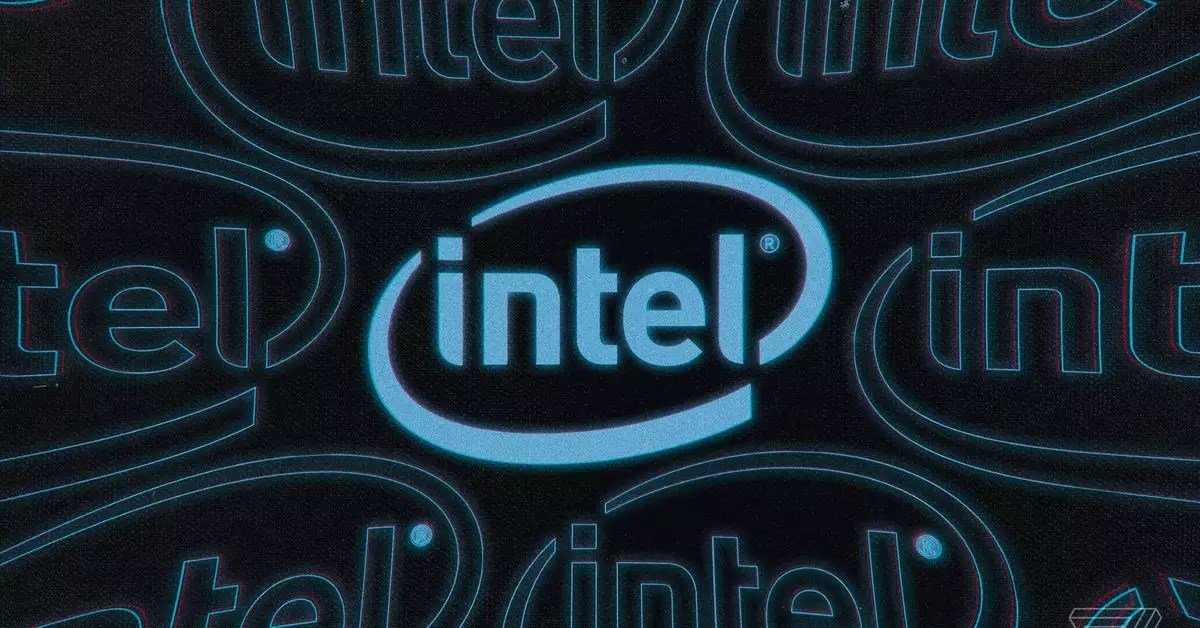Intel’s latest line of processors, the Arrow Lake-based Core Ultra 9 200S-series, appeared on the tech landscape with considerable fanfare. As the battle between Intel and AMD continues to shape the consumer tech market, the stakes are high. However, the initial reviews following the launch have cast a shadow over Intel’s latest innovation, particularly concerning gaming performance. In an age where gaming is a significant driving force in processor usage, understanding the implications of these findings is critical not only for Intel but also for gamers and tech enthusiasts alike.
Performance Concerns and Market Position
Intel’s upfront acknowledgment that the new Arrow Lake chips would not outperform AMD’s offerings for gaming purposes was a candid admission, yet reviewers still anticipated more competitive results. Despite the new architecture’s design improvements and the expectations set forth by Intel, the initial benchmarks, especially in gaming scenarios, revealed disappointing performance metrics. For example, comparisons to Intel’s previous Raptor Lake series showed a surprisingly stark regression, leading consumers to question the efficacy of the new design.
It is particularly noteworthy that while Intel’s Core Ultra 9 285K exhibited some efficiency enhancements, the gaming benchmarks highlighted a troubling trend where Intel was not just falling short against AMD’s top-tier Ryzen 9800X3D but also not managing to maintain its prior superiority held through previous generations. This has raised concerns regarding Intel’s strategic decisions and technological direction, making it imperative for the company to act decisively in correcting course.
Intel’s Response and Future Direction
In an interview with industry experts Dave Altavilla and Marco Chiappetta, Robert Hallock, Intel’s VP and GM of Client AI and Technical Marketing, attempted to quell the rising tide of dissatisfaction, asserting that the company recognized the performance issues and is committed to resolving them. Hallock pointed out that the integrity of the new architecture is sound—its “bones are solid”—but it is the unforeseen effects in performance that pose a challenge. Such transparency is refreshing, yet it raises questions about Intel’s testing and quality assurance protocols.
Hallock emphasized that the issues plaguing the Arrow Lake chips do not stem from external factors, such as operating system optimizations by Microsoft, but are intrinsic to Intel’s technology. This ownership of the problem suggests a proactive stance, with an upcoming comprehensive update expected by early December promising to address the issues more thoroughly. However, this time frame could test the patience of consumers who expected immediate performance upon launch.
In sum, Intel’s Arrow Lake processors present a case study in the interplay between expectation and reality in the tech industry, particularly in the competitive gaming segment. While Intel’s efforts to communicate transparently with consumers and take accountability for its challenges are commendable, the performance gaps highlighted by early reviews are a critical concern. As Intel embarks on the path to resolve these issues, the industry closely watches to see if they can reclaim their position in the hearts of gamers and tech enthusiasts alike. Ultimately, the coming months will define whether Intel can turn this narrative around and restore confidence in its product offerings.


Leave a Reply